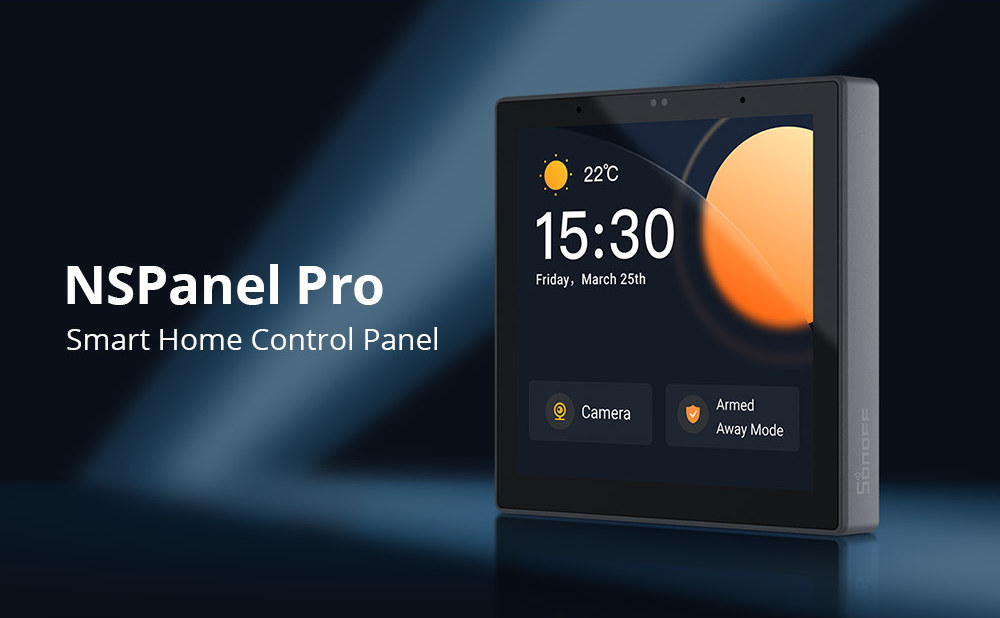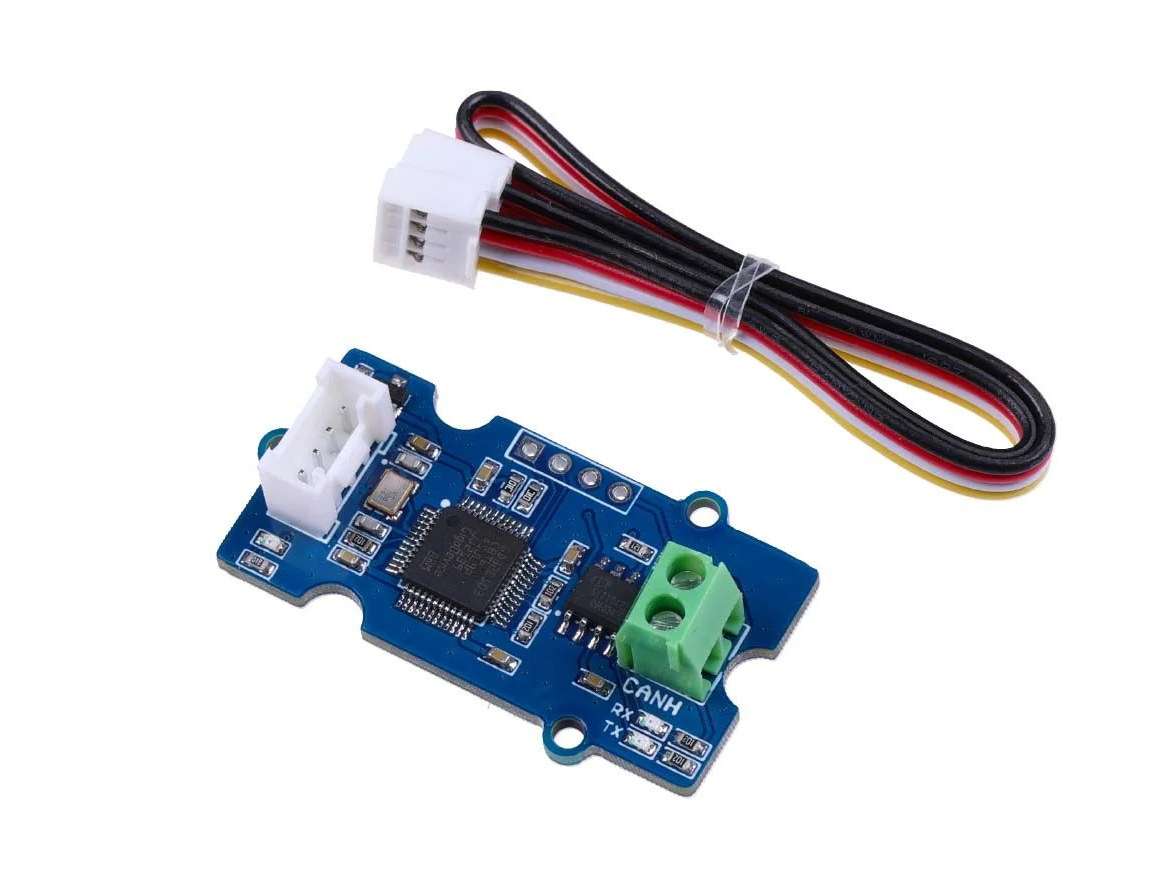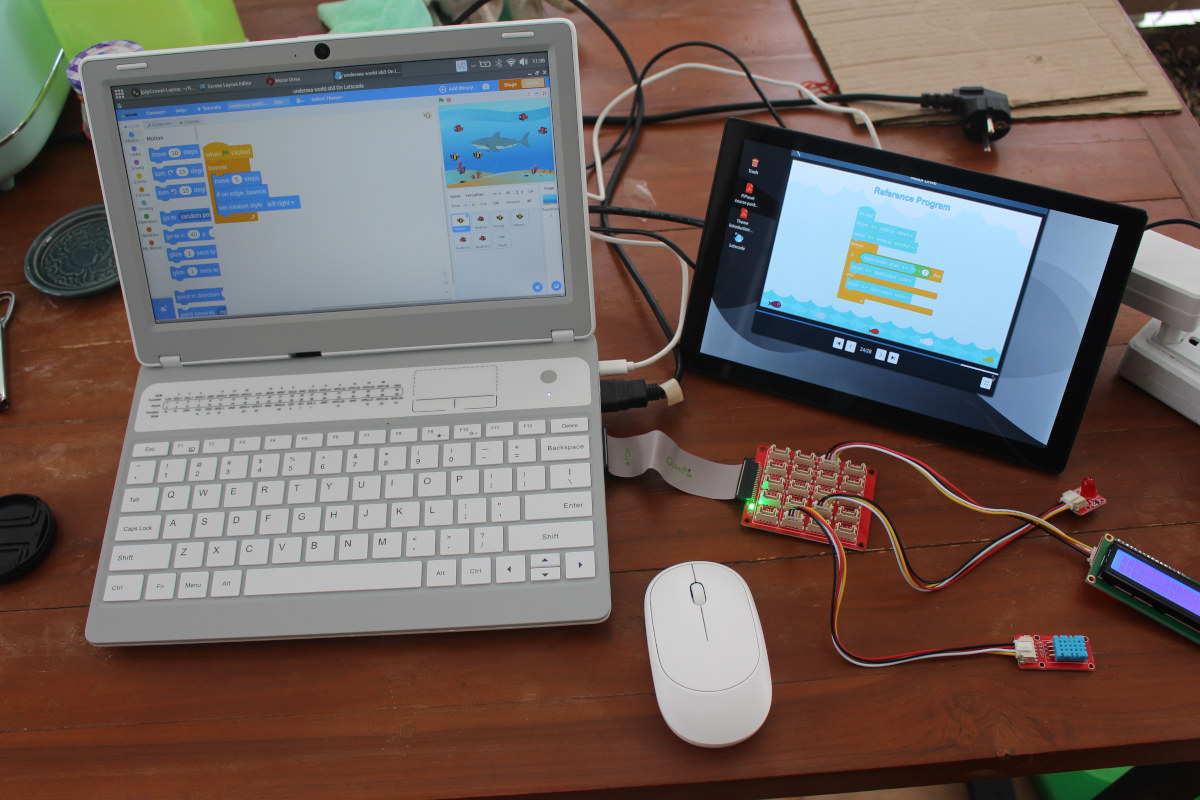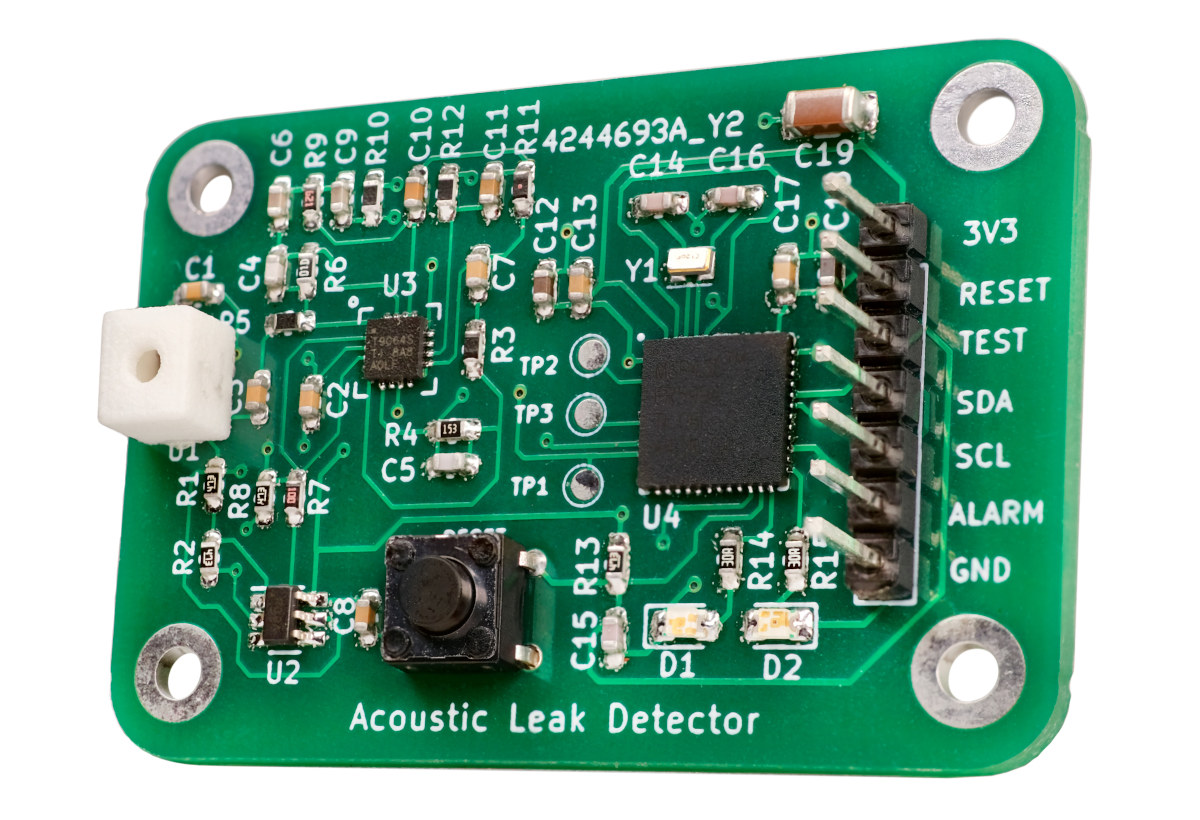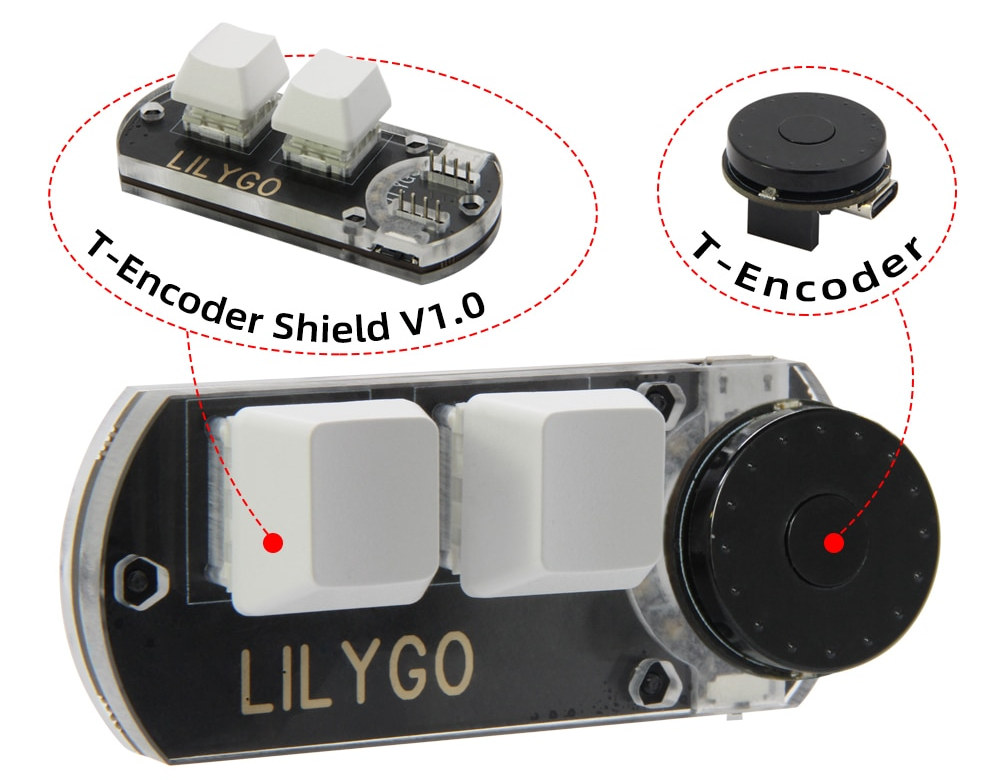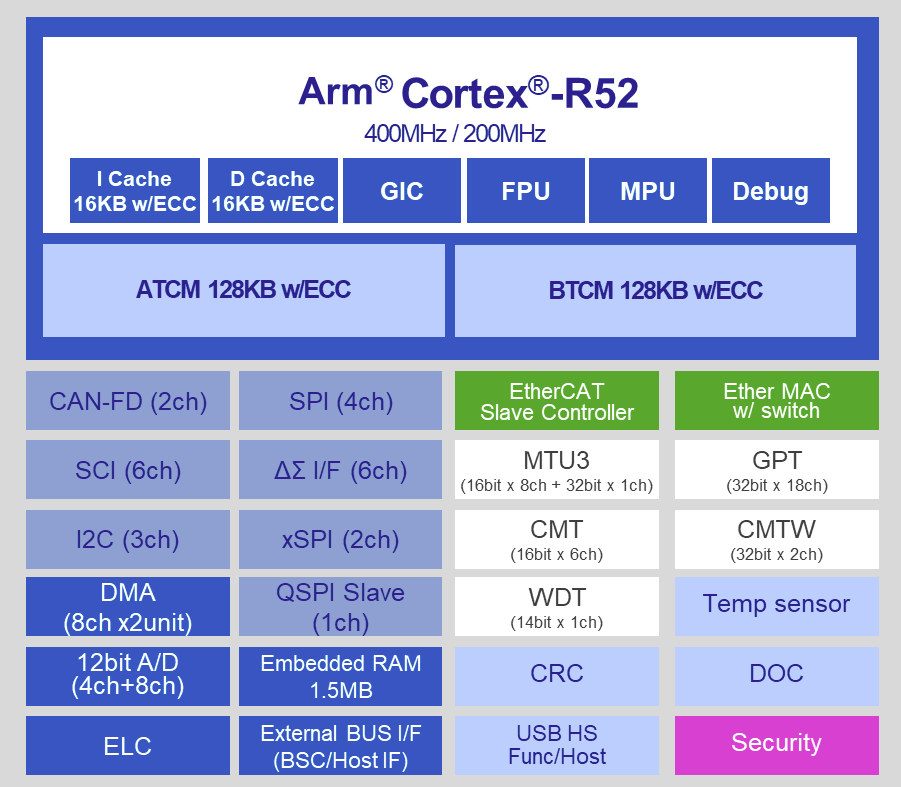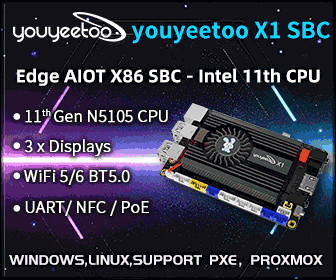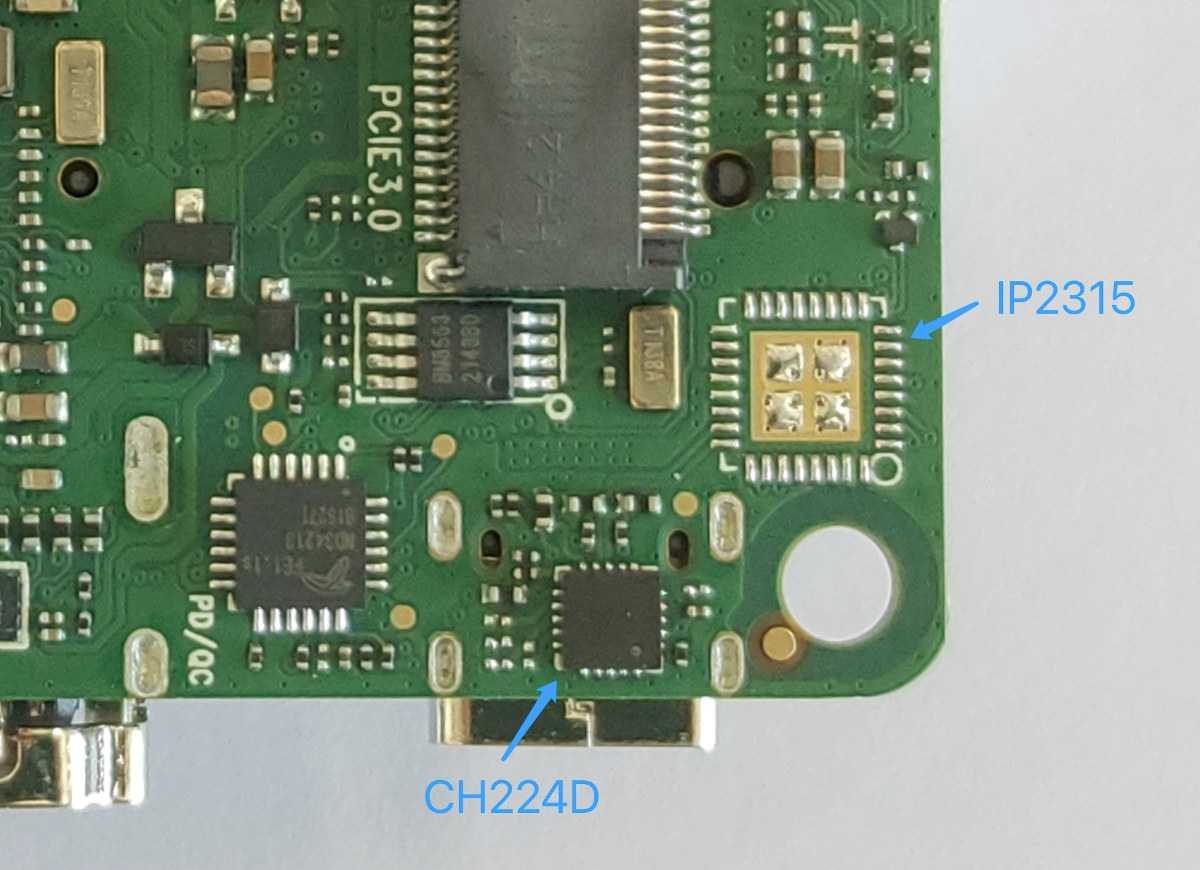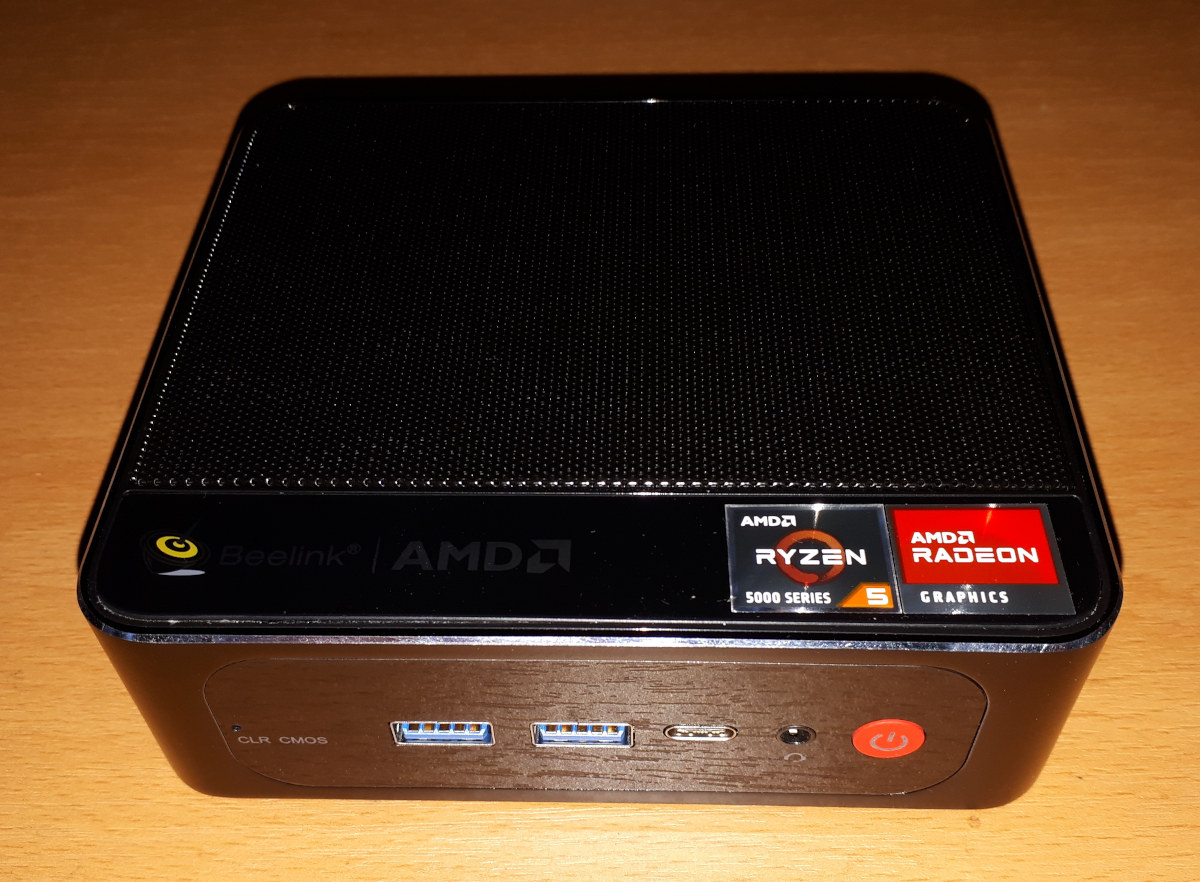ITEAD has introduced the SONOFF NSPanel Pro Smart Home control panel running Android 8.1 on a Rockchip PX30 quad-core Cortex-A35 processor and acting as a Smart Home gateway thanks to an 802.15.4 radio for Zigbee 3.0, and 2.4 GHz 802.11b WiFi for connectivity. The NSPanel Pro follows the ESP32-powered SONOFF NSPanel introduced just last year but offers much more flexibility with Android, 2GB RAM, 8GB eMMC flash, and also offers a slightly larger 3.95-inch capacitive touchscreen display with 480×480 resolution. SONOFF NSPanel Pro specifications: SoC – Rockchip PX30 quad-core Cortex-A35 processor with Arm Mali-G31 GPU System Memory – 2GB DDR3 Storage – 8GB eMMC 5.1 flash Display – 3.95-inch capacitive touchscreen color TFT display with 480×480 resolution Audio – 1W speaker, digital microphone for two-way communication (intercom) Connectivity 802.15.4 radio with Zigbee 3.0 support. Matter and BLE Mesh scheduled for 2023 2.4 GHz 802.11b WiFi Sensor – Light sensor for […]
$4.9 CAN bus module features GD32E103 Cortex-M4 microcontroller
Seeed Studio has introduced a new CAN Bus Grove module based on 120 MHz Gigadevice GD32E103 Arm Cortex-M4+ microcontroller with support for CAN FD at up to 5Mbps and controlled by AT command over a serial interface. The new module appears to be a drop-in replacement for the company’s $19.90 Serial CAN-BUS Grove module based on Microchip MCP2551 and MCP2515, and the main benefit of the new GD32E103 module is that it is much more cost-effective going for only $4.90 including shipping. GD32E103 CAN BUS Grove module specifications: MCU – Gigadevice GD32E103 Arm Cortex-M4F microcontroller @ up to 120 MHz with 64KB to 128KB flash, 20KB to 32KB SRAM CAN Bus – 2-pin terminal block with CAN FD up to 5 Mbps Host connection – 4-pin Grove connector with UART up to 115,200 bps (default 9,600 bps) Misc – Tx and Rx LEDs Operating voltage – 3.3V Dimensions – 40 […]
CrowPi L Review – Part 2: Learn programming and electronics with a Raspberry Pi 4 laptop
In the first part of our review of CrowPi L Raspberry Pi 4 laptop for education, we checked the hardware and accessories such as the CrowTail starter kit with various sensors and other electronics modules, and showed how to install or remove the Raspberry Pi 4 SBC from the laptop shell. I’ve now had more time to play with the educational software, so I’ll report my experience with the laptop when learning game design and hardware control with Letscode visual programming IDE, as well as the Python lessons for more advanced students. Reinstalling CrowPi OS image It’s the rainy season here in Thailand meaning it’s both hot and humid, and even though I’m not entirely sure it’s related, I recently had to reinstall Raspberry Pi OS on one of my Raspberry Pi with a corrupted SD card. It happened again with the CrowPi L after I left it in its […]
AquaPing is an open-source, battery powered acoustic water leak detector module (Crowdfunding)
The AquaPing is an open-source hardware, ultra-low power acoustic water leak detector sensor based on Texas Instruments MSP430 microcontroller and a microphone that can detect leaks without having to do any plumbing, instead capturing audio for water leak detection, and it even works for leaks behind walls. All signal processing and analysis occur on the MSP430 MCU, so no audio is streamed to the cloud and eavesdropping is impossible, plus the sensor only captures high frequencies out of the range of normal conversations, so eavesdropping is not feasible, plus those higher frequencies are also said to provide highest sensitivity and reliability. AquaPing specifications: MCU – Texas Instruments MSP430FR5994 microcontroller to perform FFT spectral analysis (10x faster/efficient than ARM-Cortex M0+) Audio capture – MEMS microphone covered by a small rectangular plastic structure to form a Helmholtz resonator. Minimum detectable leak rate – 0.01 gpm (gallon per minute) depending on stand-off distance […]
ESP32 board with rotary encoder gets 2-key keypad shield
LILYGO TTGO T-Encoder, a round-shaped ESP32 board with a built-in rotary encoder, has gotten a shield with a 2-key keypad based on WCH CH552 8-bit microcontroller. Launched several months ago, the TTGO T-Encoder is a USB-powered rotary encoder with ESP32 microcontroller offering WiFi and Bluetooth connectivity, and now, you can build a keypad with rotary encoder thanks to T-Encoder shield that features two mechanical switches and keycaps with RGB LED backlight. Since we missed it at launch, let’s check out the tiny TTGO T-Encoder board specifications first: System-in-Package (SiP) – Espressif ESP32-PICO-V3-02 with MCU – ESP32 Xtensa dual-core 32-bit Xtensa LX6 microcontroller up to 240 MHz, 448 KB ROM for booting and core functions, 520 KB SRAM for data and instructions, 2.4 GHz WiFi 4 and Bluetooth 4.2 BR/EDR + LE connectivity Memory – 2MB SPI PSRAM Storage – 8MB SPI flash Dimensions – 7×7 mm Antenna – Ceramic […]
Renesas RZ/N2L Arm Cortex-R52 MPU targets industrial Ethernet and TSN
Renesas RZ/N2L is an Arm Cortex-R52 microprocessor (MPU) family for industrial Ethernet communication equipped with an integrated TSN-compliant 3-port Gigabit Ethernet switch and an EtherCAT slave controller. The new processors also support other major industrial network communication protocols such as EtherCAT, PROFINET RT, EtherNet/IP, and OPC UA, as well as the new PROFINET IRT (Isochronous real-time) that allows deterministic communication with cycle times down to 31.25 µs and one µs of jitter. Renesas RZ/N2L key features and specifications: CPU – Arm Cortex-R52 @ up to 400MHz with 16KB I-cache with ECC, 16KB D-cache with ECC Memory Tightly coupled memory – 256KB with ECC Internal RAM – 1.5MB with ECC Octa/Quad SPI for HyperRAM, HyperFLASH, SRAM, SDRAM Networking Ethernet L2 switch: 3x external ports with Gigabit support TSN support (IEEE 802.1AS-2020, IEEE 802.1Qbv/802.3br, IEEE 802.1Qbu, etc.) Network redundancy support (DLR, PRP) EtherCAT slave controller Industrial Ethernet – EtherCAT, PROFINET RT/IRT, EtherNet/IP, […]
Another consequence of supply shortage: mass production mishaps
Chips may suddenly disappear from the supply chain or get really expensive due to the recurring supply shortage, companies are now designing their PCBs to support multiple chips either selecting drop-in replacements or creating multiple footprints to cater to at least one alternative part. That means one PCB and multiple bill-of-materials are needed to be more resilient to any supply disruption. Radxa did that on the ROCK 3A board for the USB PD circuitry with the ability to use either Injoinic IP2315 or WCH CH224D IC. Those are not pin-to-pin compatible chips, and two circuitry were made for the board requiring two BoMs as it’s not just possible to only replace IP2315 by CH224D. But this information did not get to the inventory manager, and once IP2315 was out of stock, he/she believed it would be possible to simply replace IP2315 with CH224D. The unlucky part is that the factory […]
Beelink SER5 Review – An AMD Ryzen 5 5600H mini PC tested with Windows 11, Ubuntu 22.04
New to arrive in the Beelink SER lineup is the SER5 marketed as a ‘SER PRO’ and features one of last year’s AMD Ryzen 5000 H-series processors typically used in high-performance productivity and gaming laptops. Beelink kindly sent one for review and I’ve looked at performance running both Windows 11 and Ubuntu 22.04. Beelink SER5 Hardware Overview The Beelink SER5 physically consists of a 126 x 113 x 42mm (4.96 x 4.45 x 1.65 inches) square metal case. As an actively cooled mini PC, it uses AMD’s 7 nm Zen 3 Ryzen 5 5600H Cezanne processor which is a six-core 12-thread 3.3 GHz mobile processor boosting to 4.2 GHz with Radeon Graphics. The front panel has an illuminated power button, a 3.5mm headphone jack, a Type-C USB 3.1 port with Alternate Mode, dual USB 3.1 ports, and a reset pin-hole ‘CLR CMOS’. The rear panel includes a gigabit Ethernet port, […]


